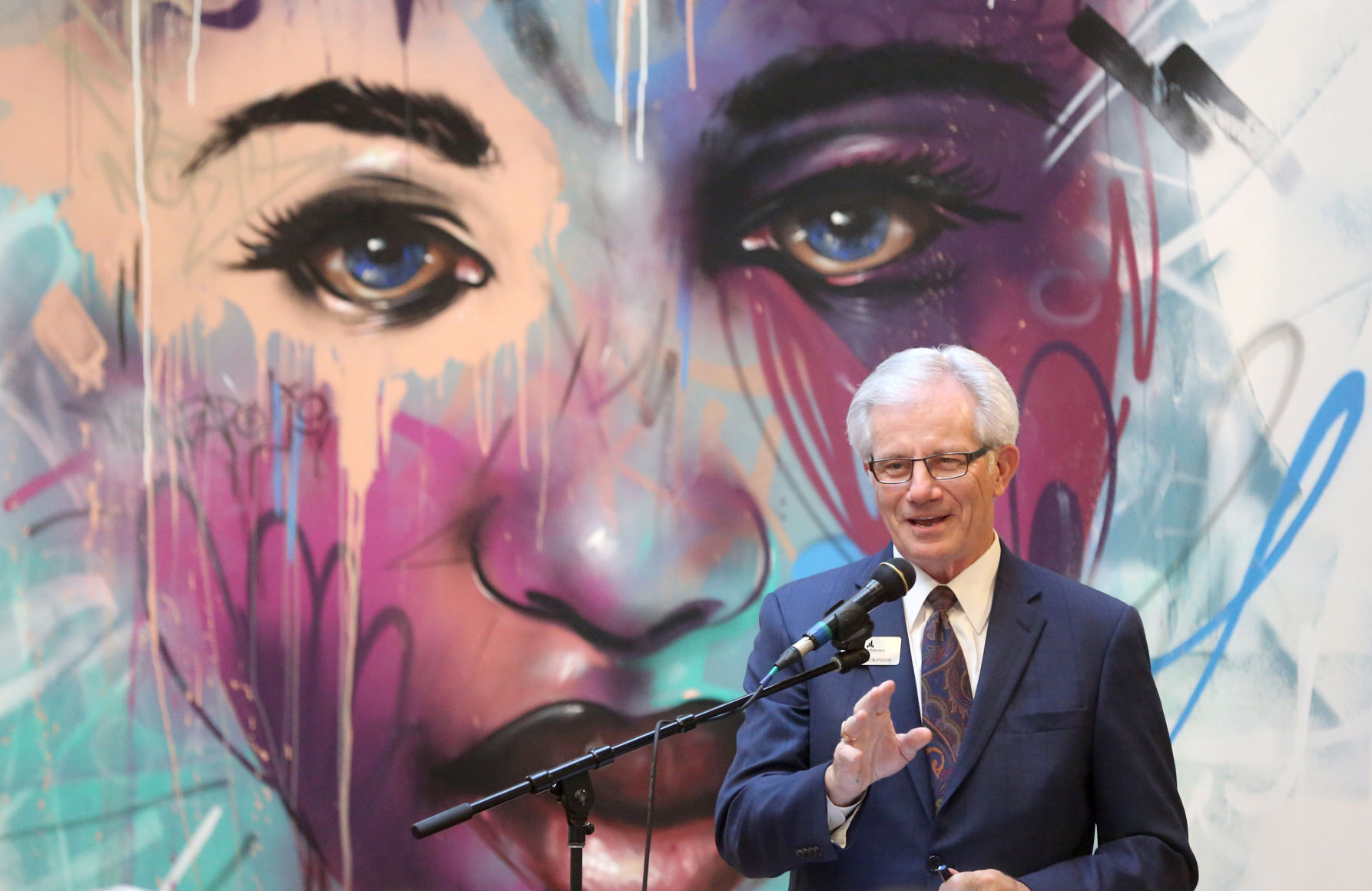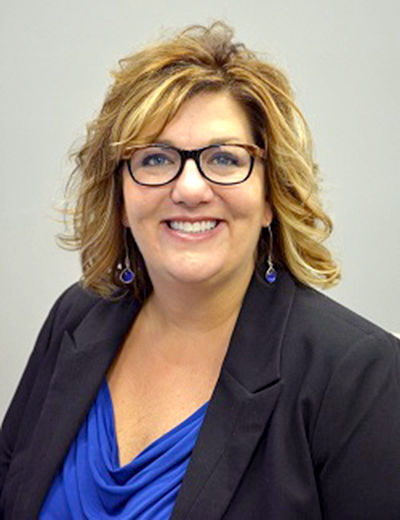Although the gap has narrowed in recent decades, local and national authorities say the fight for parity between male and female wages continues.
A recent study from the small business advocacy website business.org analyzed data from the U.S. Census Bureau and U.S. Bureau of Labor Statistics to find the difference between women’s and men’s earnings for full-time, year-round workers in each state.
The study found that women nationwide make 18% less than men do yearly. If that benchmark were applied to a calendar year, it would mean that U.S. women effectively stop getting paid today, Oct. 29, as that date marks about 82% of the way through the year.
Local officials emphasized the need for continued work in shrinking the wage gap and moving that date.
“I look forward to the day we’re having this conversation on December 31 instead of October or November,” said Rick Dickinson, president and CEO of Greater Dubuque Development Corporation. “Because that would mean we’ve reached 100% pay equity, and that’s the only acceptable number. Period.”
LOCAL INITIATIVESIn the tri-state area, female workers actually fare slightly worse than the national average in terms of pay equity.
According to the business.org study, women in Wisconsin earn, on average, 19% less than men, meaning they effectively stopped getting paid on Oct. 22. In both Iowa and Illinois, women earn 22% less than their male counterparts, making their “stop-pay date” Oct. 13.
Danielle Peterson, President and CEO of United Way of Dubuque Area Tri-States, said that part of the problem is the type of jobs women often hold.
According to the National Women’s Law Center, women make up about 47% of the overall workforce, but 58% of the low-wage workforce, defined as those working in jobs that pay less than $11 per hour or about $22,880 annually.
“We’re talking about things like child care, housecleaning and maids, office clerks,” Peterson said. “Those are very important roles, but they have higher rates of minority populations and women serving in those capacities. It just helps to build that wage gap.”
To combat this, she said, area organizations seek to help women complete training for higher-paying jobs with potential for advancement.
In particular, she mentioned the Opportunity Dubuque training program through GDDC and Northeast Iowa Community College, in which individuals complete certifications in a variety of fields, including industrial sewing, welding and phlebotomy.
“These are opportunities we have locally that people may not know about, and they may not know that they can supply a great wage,” Peterson said.
SIGNS OF PROGRESSWhile today marks the day on which U.S. women essentially begin working for free, “Equal Pay Day” is observed in the spring to acknowledge how far into the next year women must work to earn what men earned in the previous year.
This year, it was on March 24, the earliest since its inception in 1996, according to the Census Bureau. That’s one sign the pay gap is shrinking, albeit slowly.
Dickinson said the culture of many workplaces is changing, in large part due to the influence of women in top management positions.
“Women are given the opportunity to have those better-paying positions, not because they’re women, but because they’re qualified and can do the work and have always been able to do the work if given a shot at doing it,” he said.
Peterson, too, has noticed local businesses making an effort to promote workplace equity, from wages to child care assistance.
“More than ever, I’ve seen the business sector look for ways to understand the workforce in ways they haven’t in the past,” she said. “… They really want to build environments that are embracing every person in our community.”



